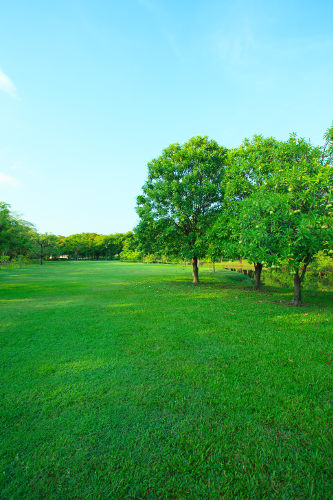The objectives of the LIFE RE-WEEE project promote EEE re-use and WEEE preparing for re-use. This clearly falls under the existing EU targets and priorities, concerning the reduction of wastes and maximization of re-use, as prescribed in the current EU legislation and the 7th Environment Action Programme (EAP) to 2020. The objectives of the project fall also under the new EU Action Plan for the Circular Economy (2020) and its basic principles and more specifically, the implementation of a ‘Circular Electronics Initiative' to have longer product lifetimes, and improve the collection and treatment of waste and empower consumers to be benefited from a true ‘Right to Repair'.
The EU has adopted a set of directives, the WEEE Directive and the Directive on the restriction of the use of certain hazardous substances in EEE (RoHS Directive). The initial Directives (2002/96/EC & 2002/95/EC, respectively) were amended by Directive 2012/19/EC and 2017/2102, respectively, to address the growth of WEEE and to further encourage WEEE prevention, preparation for reuse and recycling.
In particular, Directive 2012/19/EC, as transposed into Greek law by Joint Ministerial Decision Η.Π.23615/651/Ε.103, amended by Joint Ministerial Decision 36928/22727/2018, prioritizes preparation for reuse for WEEE and their components, and the general guidelines of national legislation programs place emphasis on action for preparing WEEE for reuse, informing and raising awareness among consumers.



 Ελληνικά
Ελληνικά English
English